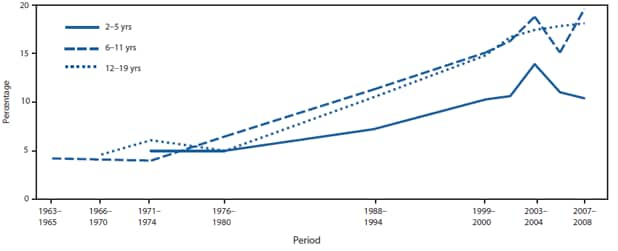While turmoil circles the daily lives of teachers in the form of budgets, curriculum changes, accountability and various learning models, they continue to show up in class every day to do what they do best - teach children. This dedication to the improvement of other people's children, sometimes at great personal sacrifice, is something not quite well understood by those who lack the passion to teach. Every teacher will admit to a single moment in a classroom or conversation with a student where their life's work is made all worth it. The very reason why they at times suffer abuse from parents, administrators, politicians, and at times, unions. Most parents will admit it is tough enough raising their own brood, never mind 30 others such as theirs.
But how deep does this dedication run? The China Post (Apr 26) reports that teachers in China is concerned about a new law that will limit their work day to eight hours a day, five days a week, beginning in August. Teacher say the new rule is unacceptable because teaching often requires working additional hours. If they are forced to stop working it will leave students unattended. Wow!
This article highlights several issues:
1) Teachers in China consistently work more than eight hours a day, often more than five days a week. They do not have a three-month vacation as is the case in the USA;
2) Students are spending eight hours or more a day, with these teachers - year round;
3) Incredible discipline on the side of the students to maintain an academic workload;
4) Academic performance at school guarantees entrance to the top universities across the world;
5) Global competition is of paramount importance for these students and teachers.
This is underscored by an article in the Daily Mail (London, Apr 28) that reports the number of foreign-born students enrolling in Britain's private schools has increased by 44.4% since last year. About one-third of the students are from China and Hong Kong. As USA states cut back on education budgets and have holds on employment opportunities, one wonders how this will impact the ability of our students to compete globally. With furlough days in several states these past two years due to budget cuts, the gap seems to widen between progress in emerging countries and the status quo on the home front.
As we show appreciation for our teachers let's not forget what other nations are doing to prepare their students for the future.
Michael Cordier

